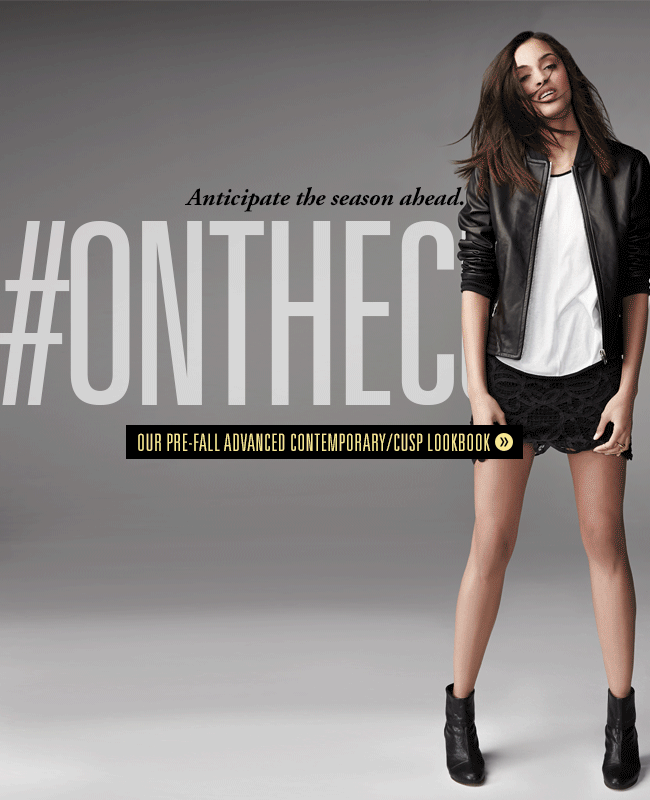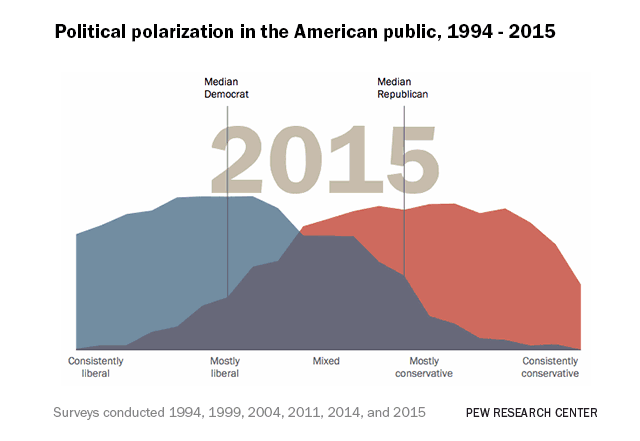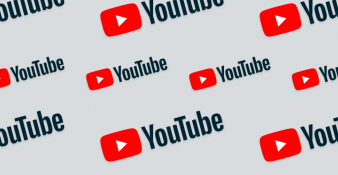How to use GIFs on social media: an ultimate guide

Do you remember how magical you felt when you saw moving portraits in Harry Potter films? Images that could move were one of the small details that made Hogwarts so mystical. But now we see them every day.

Of course, we don't think that GIFs are magical at this point, but they still have a special effect on social media users. More than still images, GIFs tend to grab attention and highlight your post in the feed. Our eyes are naturally drawn to moving images and not static. GIFs make our posts dynamic and lively and make our content stand out.
GIFs are one of the most popular types of media on the Internet. More than 700 million GIF-lovers use GIPHY, a GIF search engine, to share more than 10 billion GIFs every day.
One reason GIFs are so popular is because of the manifold ways they can be deployed. We use them to add meaning to something written or as “reaction GIFs”, to express physical or emotional responses to something that has been posted, for example when words just won’t do, or to quickly express the right tone.
After all, written messages can fail us and GIFs allows us to enhance texts with emotions and gestures, making social media communication non-verbal.
Did anyone remember to bring cups to the #GIFparty? pic.twitter.com/syNrPG713D
— NHL (@NHL) March 3, 2016
Before we go through different ways to use GIFs to improve your social media posts, let's remember what GIFs are.
What is a GIF?
A GIF is a moving image that is looped together. It is often used as a reaction or response to something, or to make a joke on the Internet.
Perhaps, the biggest controversy about GIFs is how you pronounce them: there are whole videos on the matter.
We at Awario take the firm G camp, as in "guilty" — but we welcome all opinions.
Why you should use GIFs
As I mentioned above, GIFs give your social media posts what they lack: a non-verbal element of communication. They enrich the post with meaning and make sure that your post won't be perceived in the wrong way. It's especially relevant for brands that chose irony and sarcasm to be a part of their brand voice. The audience is assured to get your message while also being entertained.
GIFs also help your posts stand out from the timeline. Moreover, using GIFs related to particular media or culture allows you to make a connection with your audience and show them that you are one of them. For example, if you want to win brownie points from Millenials, using gifs from Simpsons or the iconic TV show Friends can help you with that.
Here are some more reasons to use GIFs on social media:
-
The use of GIFs also shows that your company is up to date with the latest trends. Just like any other part of the Internet culture GIFs have their own trends. Sometimes using a trendy GIF can show that your brand keeps up with the latest memes.
-
GIFs add more context to a short post, tweet, or message. When you are limited by the number of characters you can use, GIFs can be a perfect tool to say more.
-
GIFs are mobile-friendly. They don't take as much space as a video does, so mobile-phone users will be grateful to you for saving their data. And the use of GIFs ensures that almost everyone will be able to see your post in full, no matter how slow their connection is.
-
GIFs convey emotions better than photos and in a shorter span of time than videos.
-
GIFs are easily shareable.
We could come up with many more reasons to post GIFs depending on your goals and social media strategy.
But it's obvious that GIFs have a place on practically any social media profile. So how exactly can you use them?
By signing up I agree to the Terms of Use and Privacy Policy
How to use GIFs on social media
Now we know why we should use GIFs — to make our posts more appealing and to convey our message better. But how can we use them? What kind of posts call for moving images?
If you've firmly decided to give GIFs a chance, here's some inspiration on when to use them.
Feature your product
GIFs make your posts stand out on the timeline. Even when every other brand is using some kind of visual to attract customers, moving images can separate you from your competitors. To make your product distinguishable, you can create a GIF featuring the product.
Take a look at this post from Deciem, a skincare company. The GIF itself is not something extraordinary — they simply enriched an original photograph with some moving objects. This makes the post more dynamic and eye-catching for an Instagram user. Mind you, they kept their brand aesthetic so their GIF looks clean and polished.
Highlight your selling posts
Your selling posts are your most important posts (at least, according to your boss). If you're running a sale or a social media campaign aimed at conversion, you obviously want these posts to catch as many eyeballs as possible. That's why you should use GIFs. A big flashy blinking word SALE works for outdoor advertising — why can't it work for social media?
Share tutorials or showcase your product

If you want to show how your product works and what it does, GIFs are here to help. You can demonstrate how to do something simple without investing your time in a long video.
At Awario we use GIFs to illustrate specific actions you can take in the tool.

You can show your product in different situations and surroundings, representing its versatility.

Visualize data
Data visualization is a growing trend on social media: you probably know how many shares a simple infographic gets. GIFs are another way to visualize data to tell a story.
What's great about using GIFs in data visualization is that you can show the changes in data over a certain timeline — moving graphs will be much more helpful in this case than static images.

Make teasers for long-form content
Do you want your followers to watch a long video that presents your new product? Or read an article on your blog? Make a GIF teaser for them!
How can I create excitement for @astro_pi remotely? Deadline for Mission Zero in March! #ThursdayThoughts pic.twitter.com/G1s4BthuBS
— Code Club UK (@CodeClub) January 21, 2021
Most social media platforms are not suited to long-reads or videos that are longer than a couple of minutes. You usually have to intrigue people to make them click on your YouTube link. Creating a GIF that teases the contents of the video does the job perfectly! Seeing a short snippet makes your followers hungry for more and they happily click on the link you provide.
Engage (for community management or customer support)
Oftentimes, interacting with your customers and followers online requires a lot of saying "thank you" and "awesome". It can get tiresome to react to positive posts with a simple "Thank you" tweet. GIFs can make these tiny interactions more exciting and add a bit more context to them. Add a cute cat to your Twitter response and you can show that there's a human who likes funny animals behind your company's official logo — this creates an authentic connection and helps to build trust with your audience.
You can find GIFs on dedicated websites such as GIPHY, Tenor, Imgur, or create them yourselves using Photoshop, GIFs Maker, ezgif, or any other tool. Some social media platforms, namely Twitter, Facebook and Instagram have a GIF collection built-in.

How to track your GIFs on social media
If you decide to create a GIF, there's no clear way to see how many times it was seen and how many times it was shared. Of course, you can always look at the number of impressions your social media posts generated. But you can't know if someone else used your GIF. Unless you're using social listening.
With a social listening tool like Awario you can track your GIPHY link to see how many times it was used on social media and the web. You can use the link operator in Boolean or simply add your link in the default settings of your alert.

If it's a GIF dedicated to a specific theme (for example, closely tied to your product or a campaign), you can track keywords associated with this campaign or product and check how often the GIF was used.
By signing up I agree to the Terms of Use and Privacy Policy
GIFs are an excellent way to enhance your social media posts and make them pop on the timeline. They are easy to find and easy to make, and they are an inherent part of Internet culture. I highly encourage you to add GIFs to your social media marketing strategy and see what goals you can achieve.













